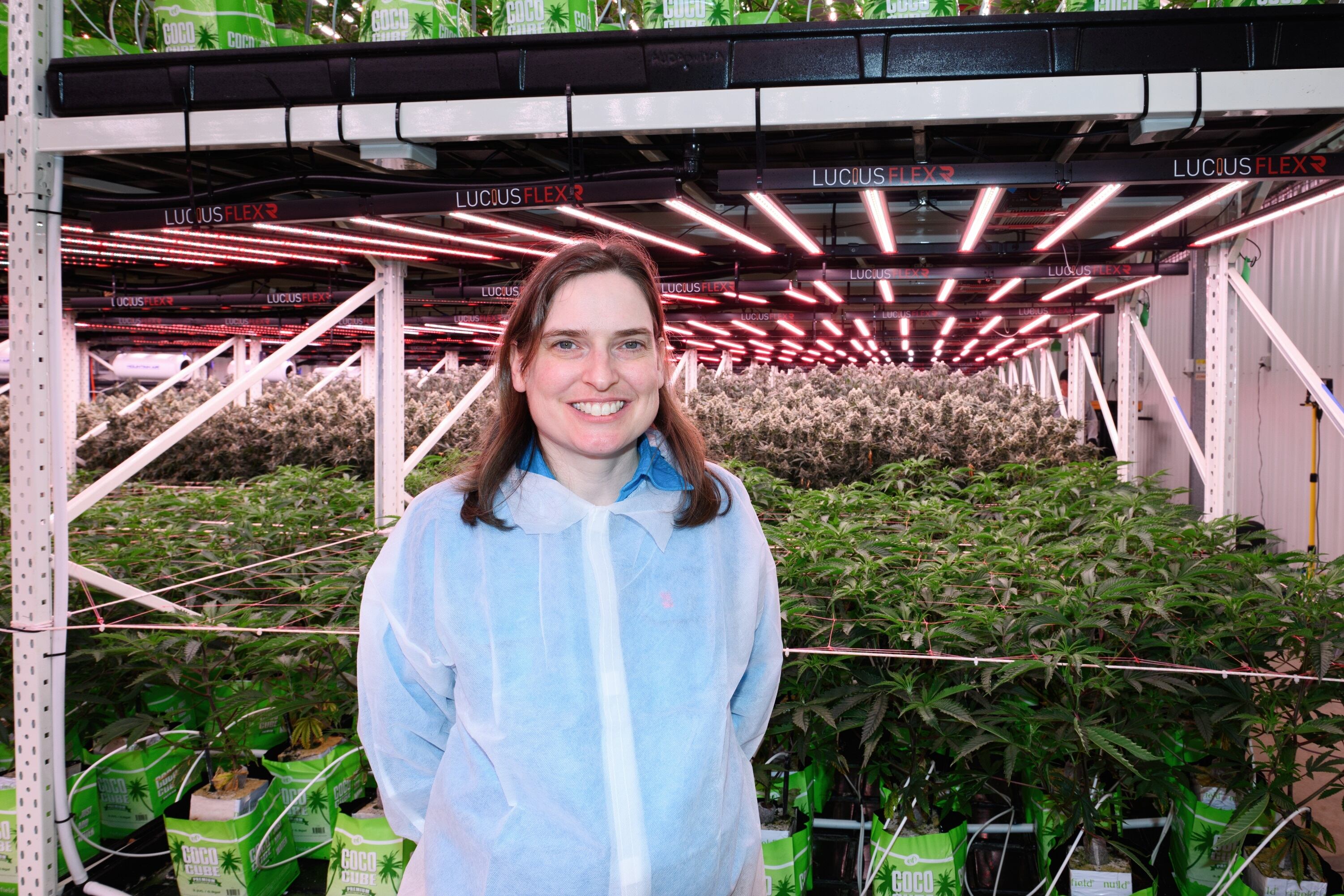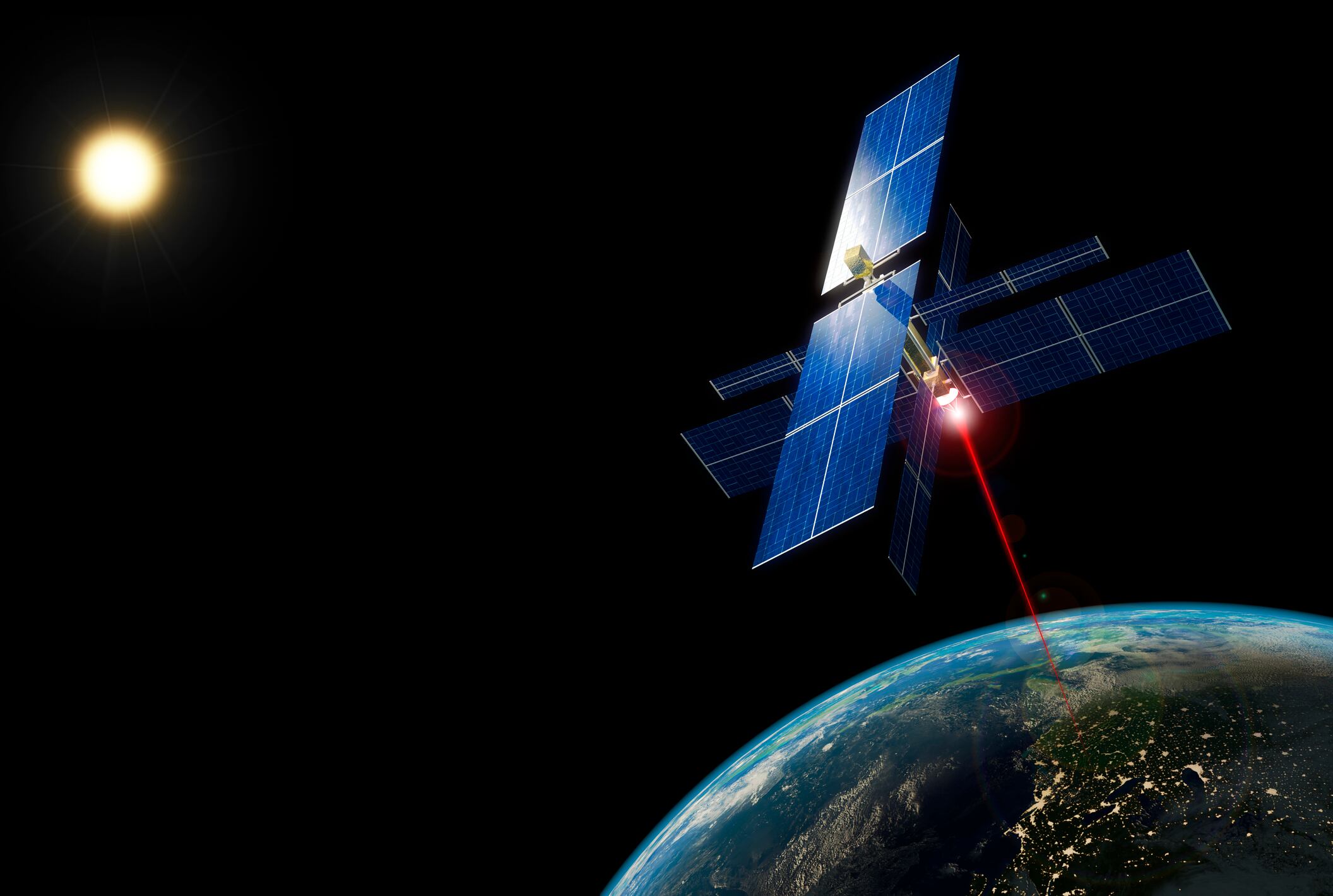A new space mission testing low-cost machine vision to detect early plant stress is aiming to advance automated crop monitoring for farming both in outer space and on Earth.
Advancing automated farming is at the heart of this space experiment, allowing researchers to test technologies that could reduce labour and improve efficiency both in space and on Earth.
“Future farming systems will require robust automation technologies to reduce the labour of plant maintenance. Growing plants in space allows us to identify the technologies needed for automated plant production beyond Earth, while also driving innovations that can benefit remote locations on Earth,” said Professor John Bell, deputy vice-chancellor (research and innovation), University of Southern Queensland’s (UniSQ).
As part of UniSQ’s iLAuNCH Trailblazer initiative, a team of Australian researchers testing an autonomous plant health monitoring system in space.
Led by UniSQ, the project also involves international companies Axiom Space and Yuri Gravity, as well as Australian agricultural business Medicinal Harvest.
The goal is to deliver a scalable, automated solution that benefits not just space-based food production, but farming systems here on Earth with substantial commercial potential.
While the experiment will be conducted in space, the findings are expected advance agricultural innovation her on Earth.
“Over many years, UniSQ has developed low-cost machine vision technologies to enhance plant growth and yield on farms on Earth. In this space mission we will fly both healthy and stressed plants to demonstrate that machine vision can automatically detect early plant stress responses in space as well as on Earth,” said Bell.
“The technology evaluation in space is directly translatable to production systems on Earth. It is anticipated that the low-cost machine vision technology can be integrated into indoor farming systems to provide feedback to farm managers on plant growth issues before they become visible, enabling improved crop management.”
The experiment will monitor stress in edible greens, namely lettuce. The researchers will look to test the technology with other crops in the future.
“Lettuce is an edible, fast-growing species with high relevance for fresh food production on space missions, as well as being widely cultivated on Earth. We will extend the technology evaluation to other species in commercial systems on Earth.”
Plants in space
The mission will trial an AI algorithm designed to spot early signs of plant stress through standard camera footage, detecting issues well before they are visible to the human eye or traditional methods.
Developed by Associate Professor Cheryl McCarthy at UniSQ’s Centre for Agricultural Engineering, the technology allows producers to monitor and optimise plant health remotely.

The plants will be used in a specially designed, flight-certified growth chamber.
The upcoming space mission has been scheduled for April 2026, with the mission expected to run for two to three weeks.
According to Bell, the initial results are expected shortly after the project ends.
“A successful outcome will be demonstrating the use of machine vision to detect early signs of plant stress in space-grown plants, while in parallel showcasing the value of machine vision-based plant monitoring for farms on Earth.”


